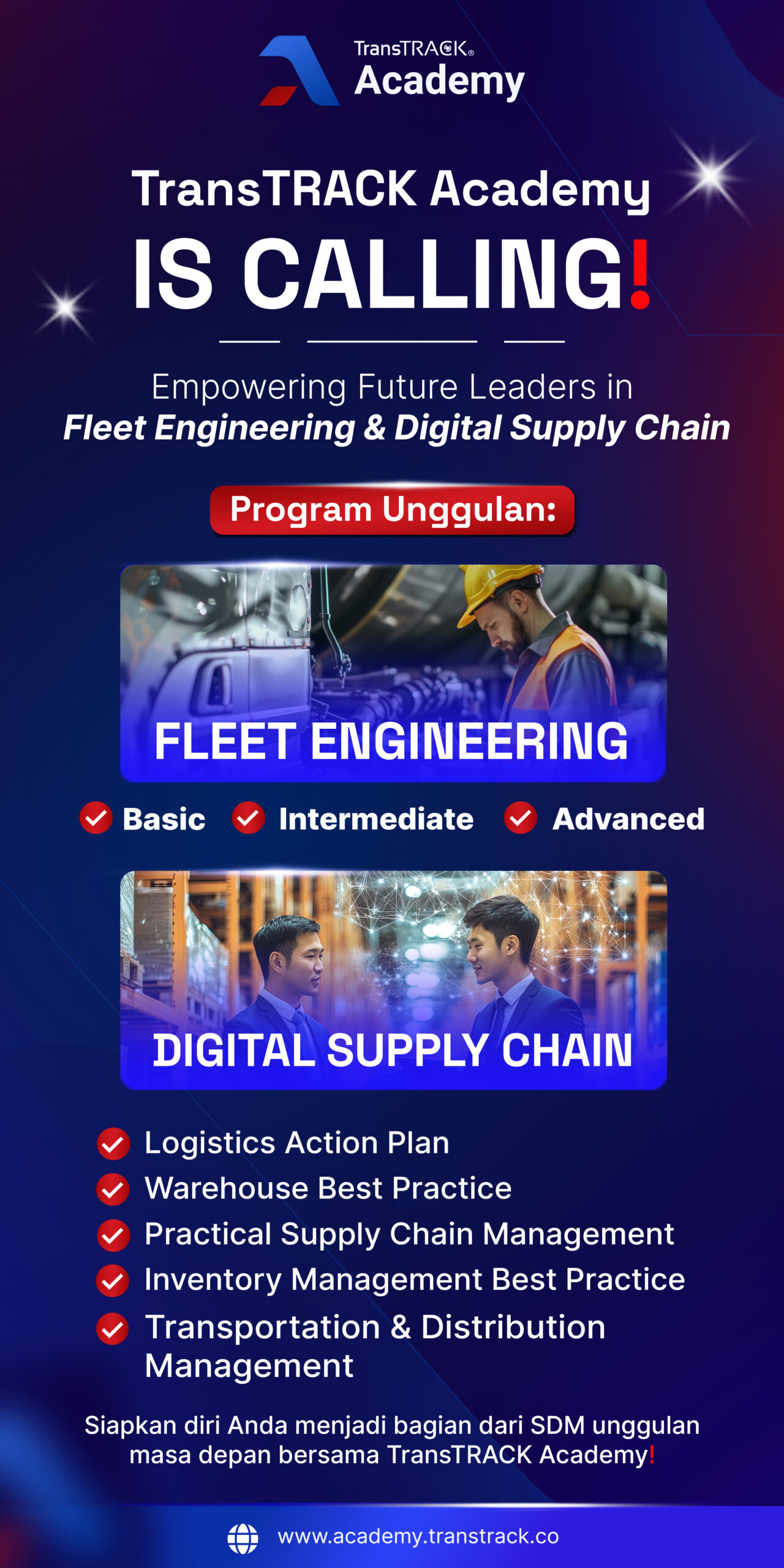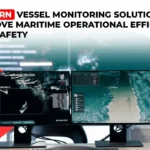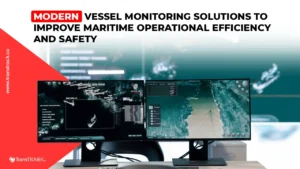Top 7 Best Logistics Technology You Should Know!
Posted on July 31, 2025 by Nur Wachda Mihmidati
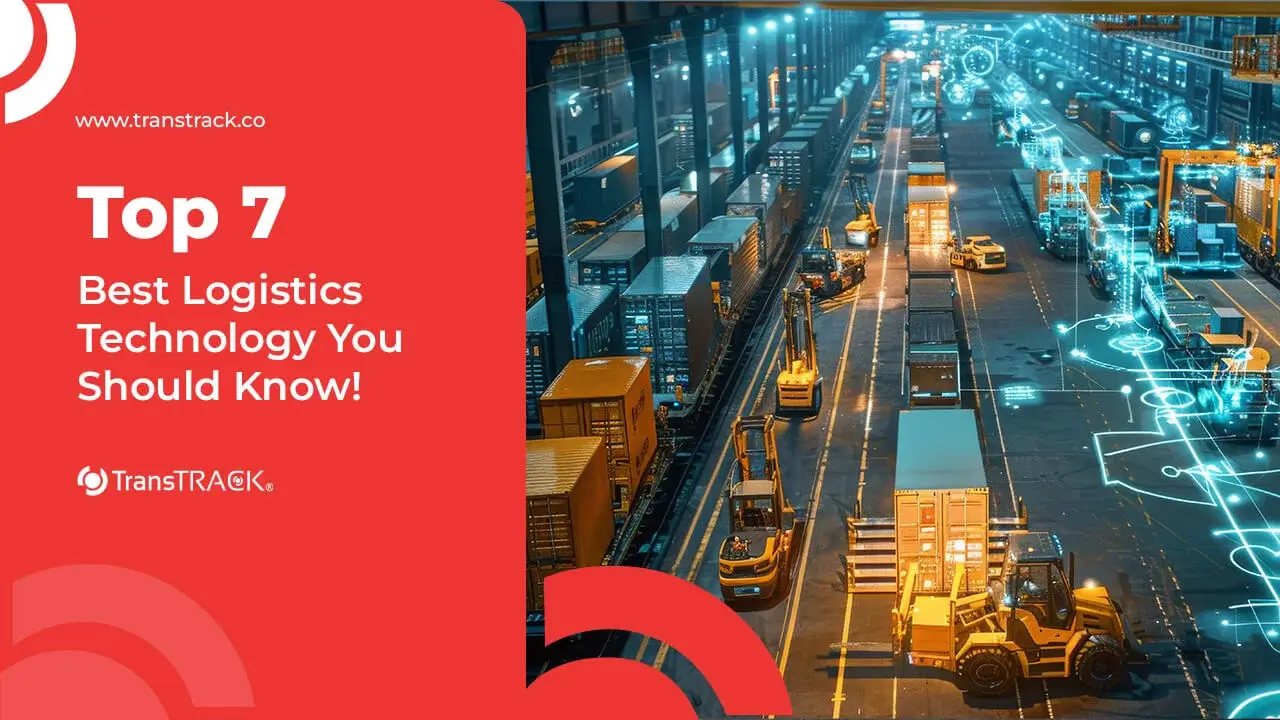
In the face of rising customer expectations, increasing delivery demands, and global supply chain complexities, logistics is no longer just about moving goods from one point to another—it’s about doing it faster, smarter, and more transparently.
To stay ahead, businesses must adopt the latest technologies that not only boost operational efficiency but also offer real-time visibility, enhance decision-making, and support sustainable growth.
This TransTRACK article highlights the top logistics technology every modern company should consider to remain competitive in today’s digital-driven landscape.
Why Technology is Crucial in Modern Logistics
Technology is the backbone of modern logistics. Here’s why:
- Real-Time Visibility: GPS and IoT offer live tracking of shipments, boosting transparency and enabling rapid decision-making.
- Process Efficiency: Automation and digital workflows reduce manual errors and speed up operations.
- Cost Optimization: Route planning tools and predictive maintenance help cut fuel use and minimize downtime.
- Customer Experience: Transparent shipment updates and tracking enhance customer satisfaction.
- Compliance & Security: Digital systems ensure adherence to safety protocols and regulatory requirements.
- Sustainability: Eco-friendly logistics through optimized operations and reduced carbon footprint.
Top Logistics Technologies You Should Know
As global supply chains become more complex and customer expectations continue to rise, logistics companies must embrace innovative technologies to stay competitive. These tools not only streamline operations but also improve visibility, efficiency, and decision-making. Below are the key logistics technologies shaping the future of the industry:
1. GPS Fleet Tracking Systems
Modern logistics relies heavily on real-time information. GPS tracking systems provide continuous visibility into vehicle locations, helping companies monitor fleet performance, optimize routes, reduce fuel consumption, and ensure timely deliveries. These systems also enhance driver accountability and safety by tracking speed, idle time, and driving behavior.
2. Warehouse Automation & Robotics
Automation transforms traditional warehouses into high-efficiency hubs. Robotics and automated systems handle tasks such as picking, packing, sorting, and shelving with greater speed and precision. This technology reduces labor costs, minimizes human error, and enables warehouses to handle higher volumes—especially critical during peak seasons or rapid e-commerce growth.
3. IoT Sensors in Cargo
Internet of Things (IoT) devices embedded in shipments provide detailed insights into cargo conditions. These sensors can track temperature, humidity, shock, movement, and even tampering. This real-time data is vital for perishable goods, pharmaceuticals, and high-value items, allowing logistics providers to maintain quality and quickly address issues in transit.
4. Transportation Management Systems (TMS)
A TMS acts as the digital control center for logistics operations. It facilitates the planning, execution, and analysis of transportation activities, including carrier selection, freight rate comparison, shipment tracking, and route optimization. TMS platforms help reduce operational costs and improve service levels by offering a centralized view of transportation performance.
5. Artificial Intelligence & Predictive Analytics
AI and machine learning algorithms analyze vast amounts of logistics data to forecast demand, optimize delivery schedules, and anticipate disruptions. Predictive analytics helps logistics managers make proactive decisions, such as rerouting shipments around traffic or weather events and adjusting inventory based on expected trends.
6. Blockchain for Supply Chain Transparency
Blockchain offers a decentralized and tamper-proof ledger that increases transparency and trust across the supply chain. It allows stakeholders to securely share and verify information—such as origin, shipping details, and handling history—ensuring traceability and reducing fraud, counterfeiting, and paperwork delays.
7. Drones and Autonomous Delivery Vehicles
To overcome last-mile delivery challenges, many companies are exploring the use of drones and self-driving vehicles. These technologies provide faster, more flexible delivery options in both urban and remote areas, reduce labor dependency, and lower operational costs. They are especially useful for contactless or emergency deliveries.
Strategic Benefits of Adopting the Right Tech
Investing in the right technology isn’t just about automation or convenience—it’s a strategic move that directly impacts performance, competitiveness, and long-term sustainability. Here are the core benefits companies can expect when they align their logistics operations with modern tech solutions:
1. Reduced Delivery Times and Errors
Technology streamlines routing, scheduling, and communication between systems and stakeholders. With real-time data and automated workflows, companies can cut delays, minimize human error, and ensure faster, more accurate deliveries—boosting customer satisfaction.
2. Enhanced Visibility Across the Supply Chain
From GPS tracking to integrated dashboards, technology offers end-to-end transparency. This visibility allows businesses to monitor assets, shipments, and warehouse status in real time—making it easier to respond to disruptions and optimize the flow of goods.
3. Better Resource Utilization and ROI
Smart tech solutions like AI-powered planning tools and IoT sensors help companies use their fleets, facilities, and workforce more efficiently. As a result, operational costs decrease while return on investment increases through higher productivity and reduced waste.
4. Compliance with ESG Goals and Regulations
Environmental, Social, and Governance (ESG) standards are becoming critical in supply chain management. Technology enables better emissions tracking, ethical sourcing documentation, and regulatory reporting—helping companies stay compliant and meet sustainability commitments.
How to Evaluate Logistics Technology for Your Business
Choosing the right logistics technology can significantly impact your efficiency, customer satisfaction, and bottom line. However, with so many tools available, it’s essential to evaluate options strategically. Here’s how to approach the decision-making process:
1. Identify Operational Challenges and Goals
Start by understanding your specific pain points—whether it’s delayed deliveries, lack of visibility, or inefficient fleet usage. Align your tech search with clear business goals like reducing costs, improving service levels, or enhancing sustainability.
2. Assess Scalability and Integration
Ensure the technology can scale with your business as it grows. It should integrate smoothly with your existing systems—such as ERP, TMS, WMS, or CRM—so you can avoid disruptions and maximize data flow across departments.
3. Evaluate Features vs. Business Needs
Don’t get swayed by unnecessary features. Prioritize tools that address your core logistics needs: real-time tracking, automated scheduling, route optimization, driver behavior monitoring, or cargo condition monitoring. Choose function over flash.
4. Consider Total Cost of Ownership (TCO)
Look beyond upfront costs. Evaluate long-term expenses including licensing, training, support, and maintenance. A slightly higher investment may offer better ROI if it improves efficiency and reduces recurring operational costs.
5. Check Vendor Reliability and Support
Research the vendor’s reputation, customer reviews, and support services. A reliable technology partner should offer local support, regular updates, and clear SLAs to help you stay ahead of operational issues.
6. Look for Compliance and Security
Your technology must meet industry standards for data security and regulatory compliance—especially if handling cross-border logistics, customs, or sensitive cargo. Confirm features like audit trails, data encryption, and compliance with ESG or local regulations.
7. Pilot Test Before Full Deployment
Whenever possible, run a pilot program with limited scope. This allows you to evaluate performance in real conditions, gather feedback from users, and make adjustments before company-wide rollout.
Conclusion
Adopting the best logistics technologies is no longer a luxury—it’s a necessity for businesses aiming to stay competitive, efficient, and responsive in a rapidly evolving supply chain landscape. From real-time tracking and automation to AI-driven insights and sustainable delivery methods, the right tech stack can redefine how you operate.

Ready to take control of your logistics operations?
Start with the Transportation Management System from TransTRACK—a powerful, integrated solution that helps you optimize routes, reduce costs, track performance, and gain full visibility across your supply chain.
Streamline your logistics. Scale your business. Choose TransTRACK.
Recent Post
Topic :
Recommended Articles
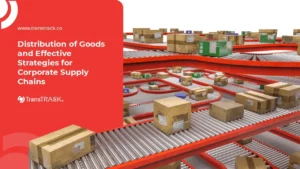
 Bahasa Indonesia
Bahasa Indonesia


